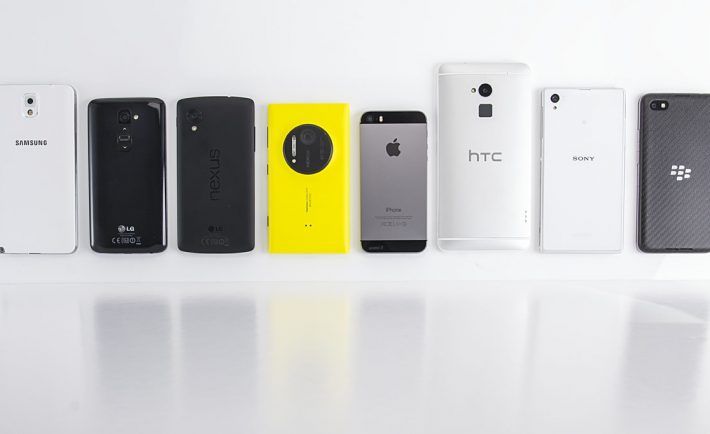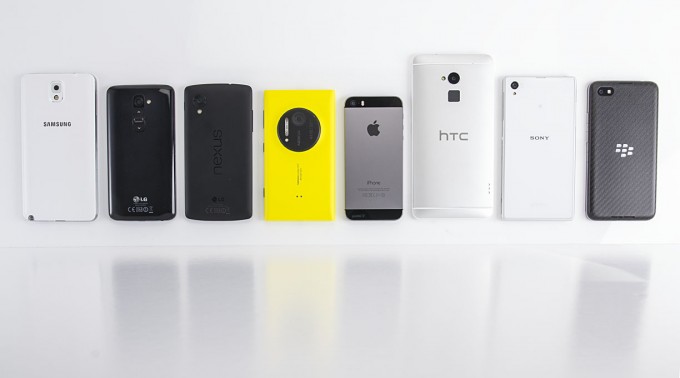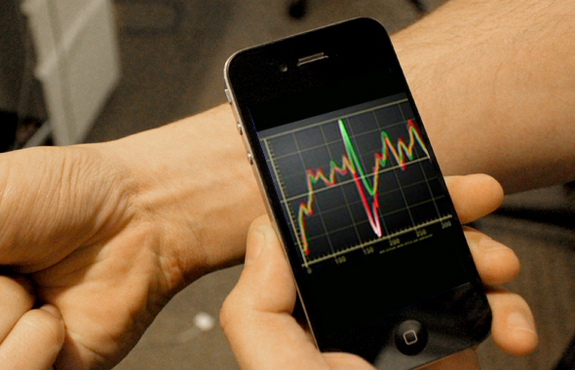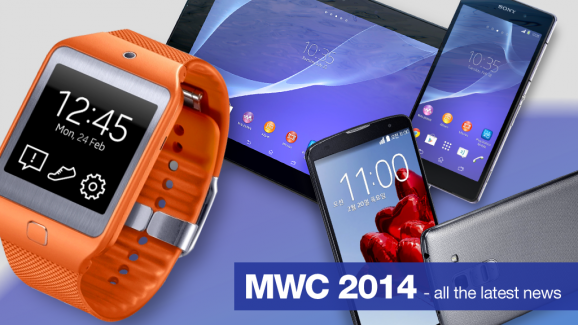
The excitement of a new year is all but subsided and now the players of the mobile technology market has all but shown their cards in the Mobile World Congress at Barcelona in March, 2014. Mobile manufacturers from around the world revealed their top bets for the first half of 2014 and there seems little to no surprise. Samsung’s Galaxy S5, Sony’s Xperia Z2, Nokia’s new line of Android smartphones Nokia X and although it is still not revealed, HTC’s sequel to the grand HTC One is all but revealed to the people. So was there something new this year? Has Smartphone makers managed to excite consumers? Or has Smartphone evolution come to an end?
The Cards On The Table

MWC 2014: all the news from the year’s biggest mobile show
The Mobile World Congress and subsequent events across the world have been a great opportunity for smartphone consumers, both present and future to appraise the options available for them for the next 6 months. With Apple not due for another iPhone till November and Google’s next Nexus due only in October, little is left to excite consumers. Samsung came out with the highly anticipated sequel to the Galaxy S4. However the phone offered little to nothing new in comparison to the older phone. Sony expanded on its successful Sony Xperia Z and Z1 by bringing out the Sony Xperia Z2. Although the phone is a great flagship, the phone in itself offers nothing new to consumers. Sony Xperia Z2 price in India is expected to be closer to $835 USD (Rs 50000). HTC’s new One or HTC One 2 as it is called hasn’t yet been released officially but online rumours and leaks have let users glimpse at what it offers as a sequel to one of the most awarded smartphones of 2013. Nokia had perhaps the most surprising of launches in the form of the Nokia X series. Nokia, recently acquired by Microsoft seemed almost certainly to be out of the Android game. Nokia’s surprising launch of an Android based smartphone was perhaps the biggest revelation of 2014.
Old Wine, Shinier Bottle

The 21 best smartphones: The best phone you can buy in 2014
A look at all the Flagship series of top smartphone makers gives a rather grim picture. Samsung Galaxy S5 for example did almost nothing to innovate.
The S5 looks eerily similar to the Note series albeit with a smaller size and a somewhat refined back that offers better grip. The phone itself runs on a timid 2.5 GHz quad-core processor as opposed to the octa-core processor the S4 claimed to have. It looks almost a step back. The phone offers a slightly better camera however to match up with the threat that Samsung is facing against Nokia’s Lumia series and the much more lauded Sony Xperia Z1. The phone has a 16 MP camera that claims several firsts, including the first smartphone camera with Phase detection Autofocus, 4K Video recording and an impressive sensor that helps capture full resolution 16 MP images as opposed to the cropped images other phones produce.
Sony’s Xperia Z2 does the basics right. Focus on what helped your first 2 flagships shine and then build on it some more. The phone features a brilliant camera just like its predecessors. This time around, the phone offers 20.7 MP sensors with the ability to record 2K videos. The phone also runs on a Quad-core 2.3 GHz processor. There is little to nothing new we have to report on the Z2.
Sadly the state of the flagships smartphones seem to have barely changed this year. No more octa-core processors or even 8 or 12 core processor fads. No true flexible screen displays. LG’s G Flex is perhaps the weakest display of Flexible screen technology there is. It seems clearly that there is no clear Innovation to talk of this year in the smartphone world.
Can Smartphone Evolve Further?

Your Smartphone in 2018: 15 Futuristic Features
Most of the innovation seems to have stagnated for smartphones. Smartphone and mobile manufacturers have shifted focus to wearable computing, including smartwatches and smart glasses. For now the only innovation that has happened is in smartphone security in the form of Fingerprint scanner, in integration of ecosystem and wearable devices and to some extend in the camera department. There is however plenty of scope still left to cover for smartphones. The short answer to the question, “Can Smartphone evolve further?” is Yes. The long answer is slightly complicated. It is about the direction smartphones manufactures take. Some of the offerings people can look forward to are as follows.
Modular Smartphones: These exist for now in a very tame fashion. The Moto X offers users the option to customize the RAM, the internal storage, the colour of the case and little else. True innovation for the future however would be more along the lines of what Dell has managed to for the laptop. Users should have the freedom to choose everything from the GPU and CPU to the lens their phone can hold. If Google’s Project Aria is an indication, this day is not very far away.

MWC 2014: all the latest phones, tablets and smartwatches
Flexible Smartphone Or Tablet: Remember that old Samsung Ad showing off Flexible displays? That has to be another direction for smartphones: A portable device that can be stretched to meet the user requirements. The next generation smartphone may not just be a smartphone or a tablet or a phablet even. It could be just a screen powered by a thin cylindrical unit. The screen can be stretched to be 5”or 7”or 10 to meet the needs. One half of the screen maybe bend to make a keyboard for typing. The opportunities are immense.
Pan OS device: This may seem a distant future, but if dual-boot tablets and PCs are any indication, we may soon have devices that work with just about any OS. No longer do users have to be locked in on a particular App ecosystem or be bogged down by the merits and demerits of one OS. So users may experience the best of Android’s App ecosystem and also use the basic ease of usage Windows OS while hold onto their iTunes and Apple App Store purchases.
Conclusion
Smartphone evolution isn’t dead yet. But if companies sacrifice breath taking and bold decisions for Market research and Consumer numbers, there may not be another iPhone. In the battle of Marketing and R&D, let’s hope R&D may still have it’s say in the days to come. Let’s hope for Modular phones and Flexible devices.




